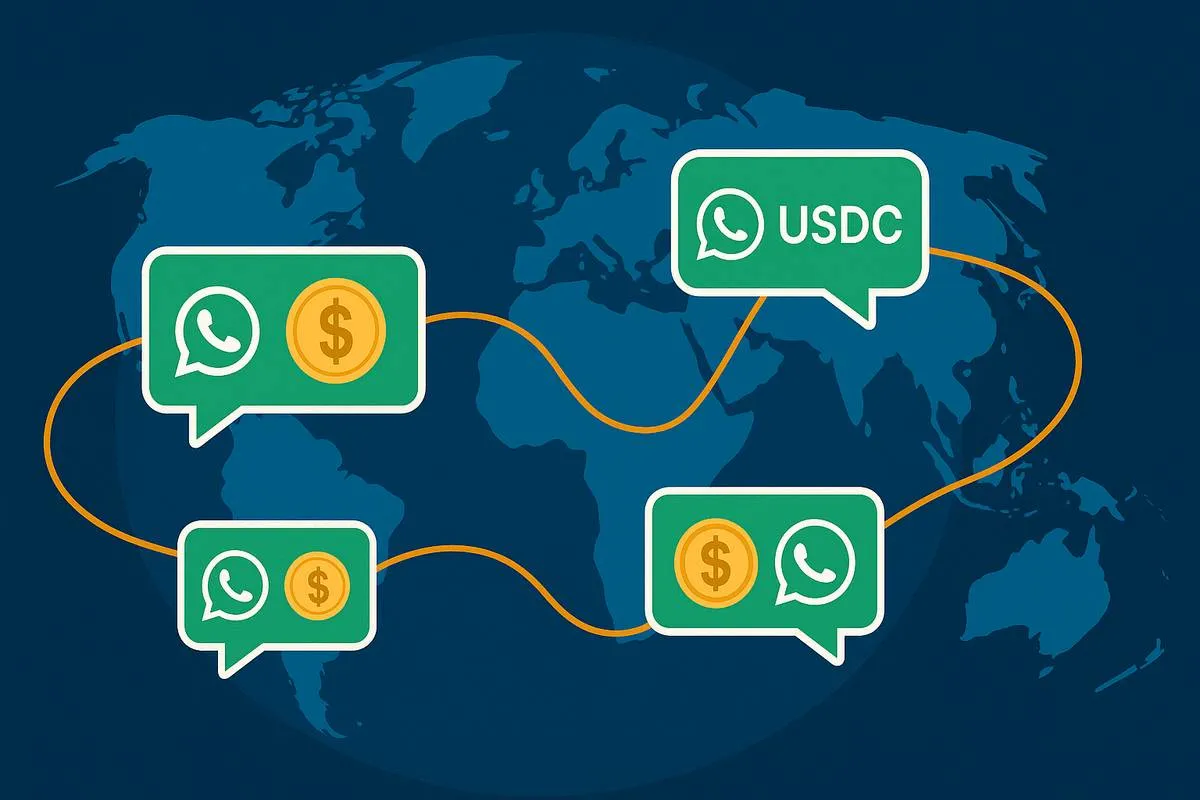The Two Trillion Dollar Remittance Market Runs on WhatsApp Not Web3

Walk into a money transfer shop in Lagos or La Paz and ask how payments are coordinated.
You won’t find smart contracts or DeFi dashboards. You’ll find WhatsApp groups posting today’s rates and which stablecoins actually clear.
The Real User Problem
A Bolivian importer paying a Brazilian supplier cares about whether USDT clears in São Paulo while their local on-ramp prefers USDC.
A Kenyan shop owner needs stablecoins that work today, not a whitepaper about interoperability tomorrow.
The industry has launched more than 150 stablecoins and 50 blockchains. Yet we still lack the most basic map: Which stablecoin clears in which corridor, at what cost, with what liquidity, right now.
What the Data Shows
- Nigeria: $24B in stablecoin flow each year, with $1.2B in 2024 P2P trades
- Argentina: 61.8% of crypto transaction volume is in stablecoins, with USDT ~50% vs USDC ~22%
- Global: USDT controls ~68% market share and clears more than $75B daily
These numbers confirm what local operators already know: stablecoin flows are real, but fragmented.
The Wrong Fix
Too often, the industry responds with another Layer 1. But users aren’t asking for more chains. They’re asking for visibility:
- Which stablecoin moves through which corridor
- At what spread
- With what liquidity and settlement speed
Technical Patterns in Corridor Intelligence
The gap isn’t infrastructure, it’s intelligence. Systems that work in production share a few traits:
- Multi-venue aggregation: Routing across P2P desks, CEX books, and onchain AMMs to find reliable liquidity.
- Adaptive pricing: Corridor spreads shift daily. Dynamic quoting engines need real-time depth and historical fill data.
- Latency awareness: Settlement times vary across rails. Intelligent routing weights not just price but time-to-finality.
- Resilience layers: Circuit breakers protect fragile corridors during volatility, rerouting flows before liquidity disappears.
- Compliance integration: Async KYC with cached verification avoids 30-second delays that kill corridor usability.
These aren’t features of a new blockchain. They’re the operational patterns required to turn fragmented liquidity into a reliable network.
The Real Opportunity
The remittance market doesn’t need another blockchain. It needs to know whether USDC clears from Lagos to London today, what the spread is, and how quickly it will settle.
That’s not solved by building new rails. It’s solved by building corridor intelligence.